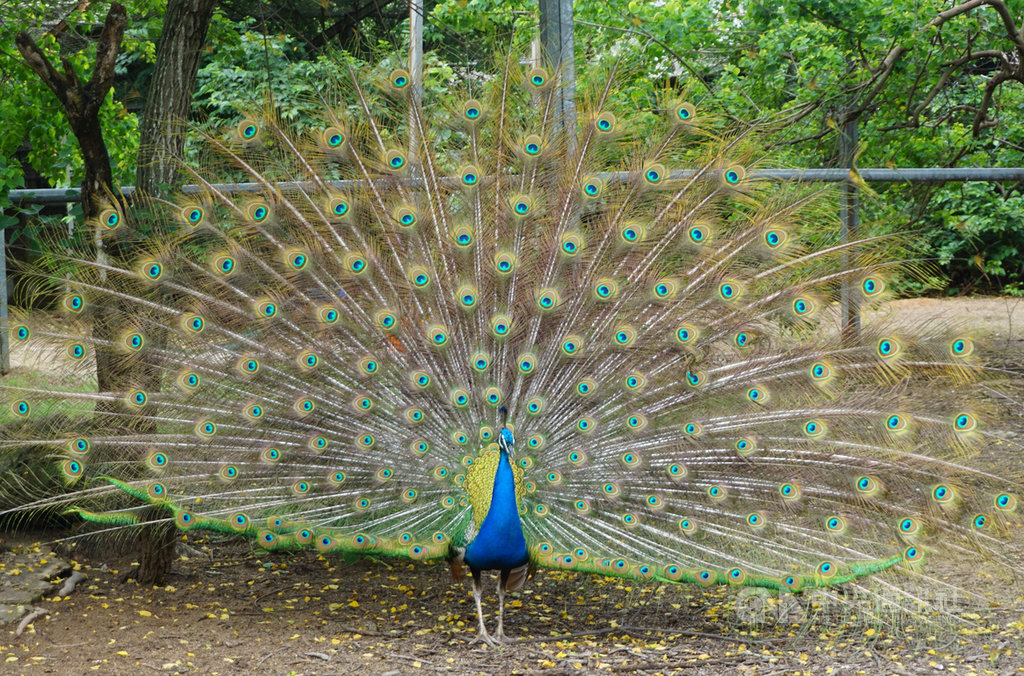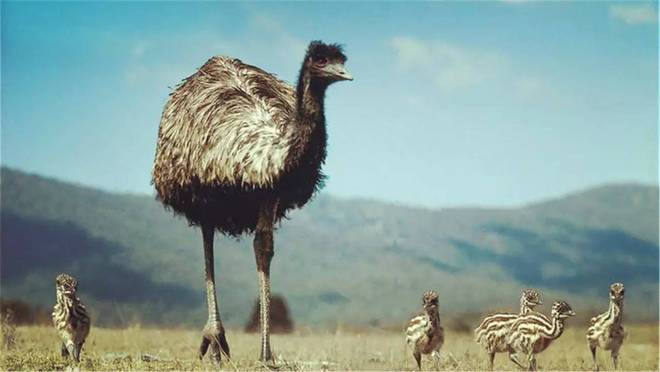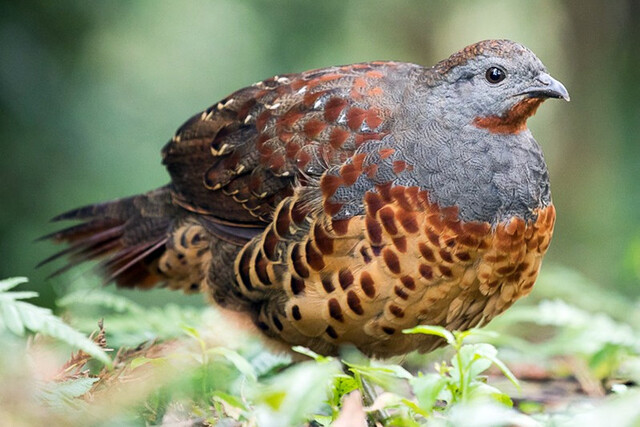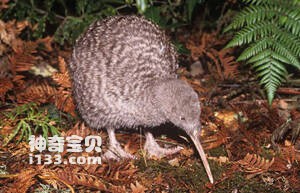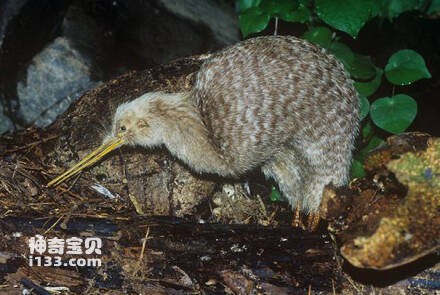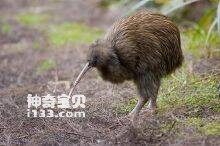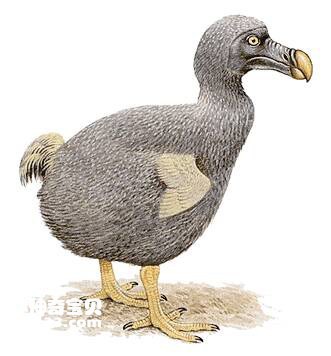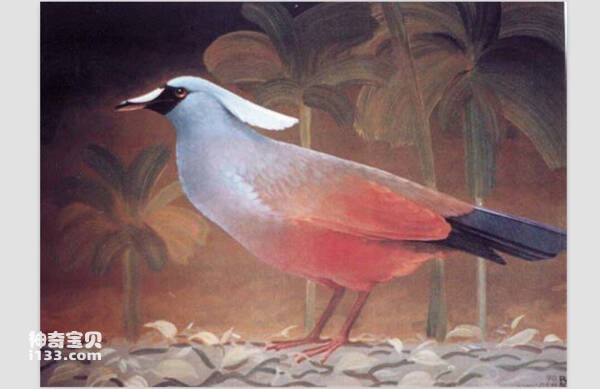Grey-breasted Francolin
IUCN
LCBasic Information
Scientific classification
- name:Grey-breasted Francolin
- Scientific Name:Grey-breasted Francolin,Pternistis rufopictus
- Outline:Landfowl
- Family:Chickeniformes P.Family C.Genus
Vital signs
- length:32-41cm
- Weight:400-964g
- lifetime:No textual research information is available
Feature
Forehead and crown brown, nape and wings dark brown neck and thorax gray
Distribution and Habitat
Distributed in the United Republic of Tanzania.
It is found in areas with 500-700 mm of rainfall, in plains and savannas, and habitats include shrubs, forest edges and agricultural fields, rocky hillsides and tree-shaded river banks.
Appearance
The partridge is 32-41 cm long; Males weigh 779-964 grams and females 400-666 grams. The throat is different from the yellow necked partridge in that it is reddish-orange with orange-red bare skin around the eyes. The forehead and crown are brown, the nape and wings are dark brown, and the neck and thorax are gray, with a unique swirling plume pattern. The claws and beak are grayish black, and the jaw is red.
Details
The Grey-breasted Francolin (Pternistis rufopictus) has no subspecies.
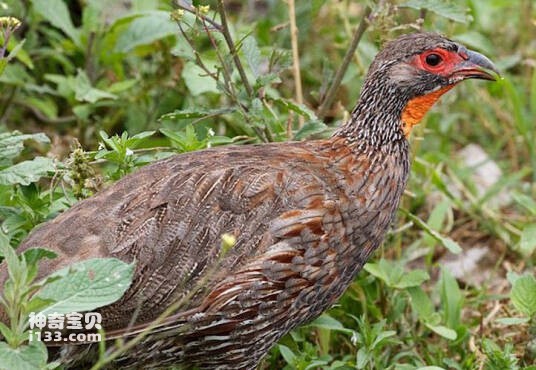
The partridge is usually solitary, becoming active only in the early morning and late afternoon. It mainly feeds on the tubers of the sedge genus (Sedge family), but also eats small mollusks, termites, ants, and other insects. When in danger, he prefers running to escape danger rather than flying. The breeding period is generally during the rainy and dry seasons from February to April and June to July.
Listed on the International Union for Conservation of Nature (IUCN) 2016 Red List of Threatened Species ver 3.1 - Not Threatened (LC).
Protect wild animals and eliminate wild meat.
Maintaining ecological balance is everyone's responsibility!

